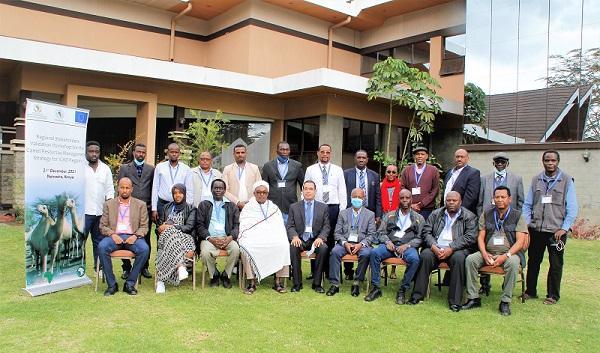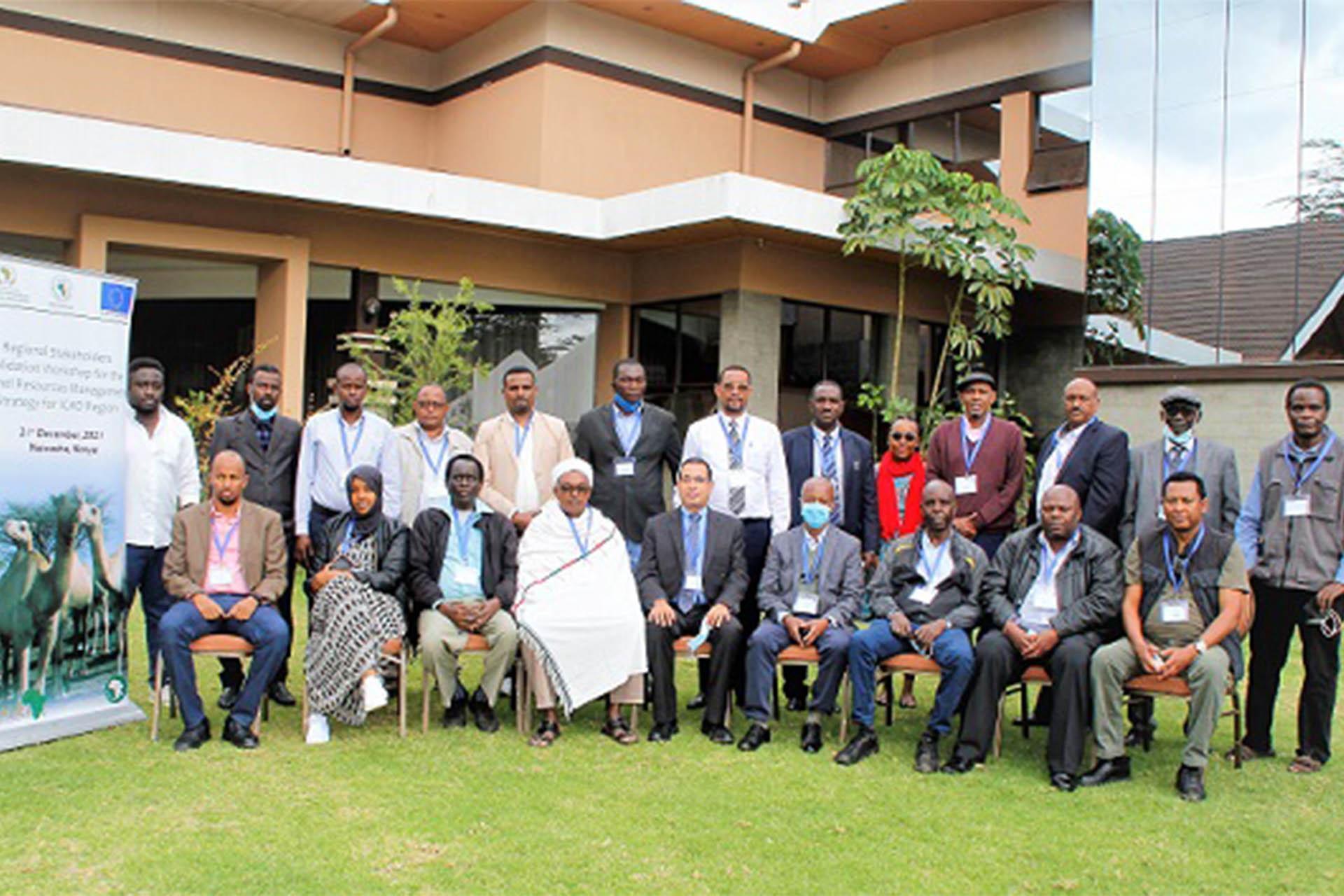Dec 21,2021 (Naivasha , Kenya): IGAD region is home to about 21 million camels (60% of the world population) which dwell in arid and semi-arid land (ASALs). Camel is drought resilient and expanding to new frontier as introduced by pastoralists to counter recurrent droughts.

The demand for live camels, its meat and milk in the IGAD region and Middle East and North Africa countries is high because of the affordable price of its meat and the traditional belief of the potential medicinal value of the milk and perceived low risks from tuberculosis (TB) and Brucellosis. As a consequence, camel milk is favorably utilized in the diets of children, sick and elderly persons for medicinal purposes. Moreover, camels withstand drought rendering them easier to expand in many areas in the region. However; its husbandry, health and trade are not yet improved and value addition work on milk and meat are very limited. Moreover, sudden death of unknown etiology in the region affects adult lactating and pregnant females, breeding and working bulls.
Therefore, a one-day workshop was organized to review; verify and validate the draft regional camel strategy. The Workshop participants were from IGAD member states public and private sectors involved in the camel value chain (personnel from ministries responsible of animal resources, the private sector (milk processors, exporter and association, camel farmer); IGAD/ICPALD and AUIBAR. This action was supported by Live2 Africa project /AUIBAR/.
Dr. Ameha Sebsibe on behalf of ICPALD Director and Dr. Ahmed on behalf of the AUIBAR Director made welcome and opening remarks on the significance of the camel in the region and the importance of the strategy to coordinate and guide efforts, advocate and mobilize resources to complement the efforts of member states for implementation of the strategy. The objectives of the meeting were
- Review the draft regional strategy for camel resource development (face to face + virtual)
- Enrich /Verify/validate with especial focus to strategic pillars; proposed actions & action plan
- Receive Inputs to develop flagship project for resource mobilization to complement national efforts
The plenary meeting first reviewed the 7 strategic priorities, collapse and merge the 2 and finally agreed to restructure the draft strategy under 5 strategic priority areas
Recommendations and way forward
The participants suggested the following key items be considered in the revision of the strategy and follow up actions
- Support and strengthen regular surveillance and diagnosis of camel
- Develop and Support the regional platform on sharing information
- Strengthen the camel value chain covering live animal, milk, meat, hides, hooves and manure
- Develop/strengthen camel data in the region; covering Camel population, milk and meat production and other by products
- Documentation and preservation on Indigenous Traditional Knowledge (ITK)
- Demand driven research focusing on addressing the camel keepers balance between basic and applied research
- Support knowledge on the role of camel on climate change, its environment, and resilience-to show potential of camel in the food system.
- Establish/strengthen camel regional Research centre;
- Encourage Technology and innovation to support service delivery
- Empowering youth and women in camel value chain
- Establish/strengthen camel forum network
- Develop and strengthening camel extension service provisions
- Advocacy and lobby for budget and resource allocation across countries
- Harmonize the policies and standards to stimulate local demands

